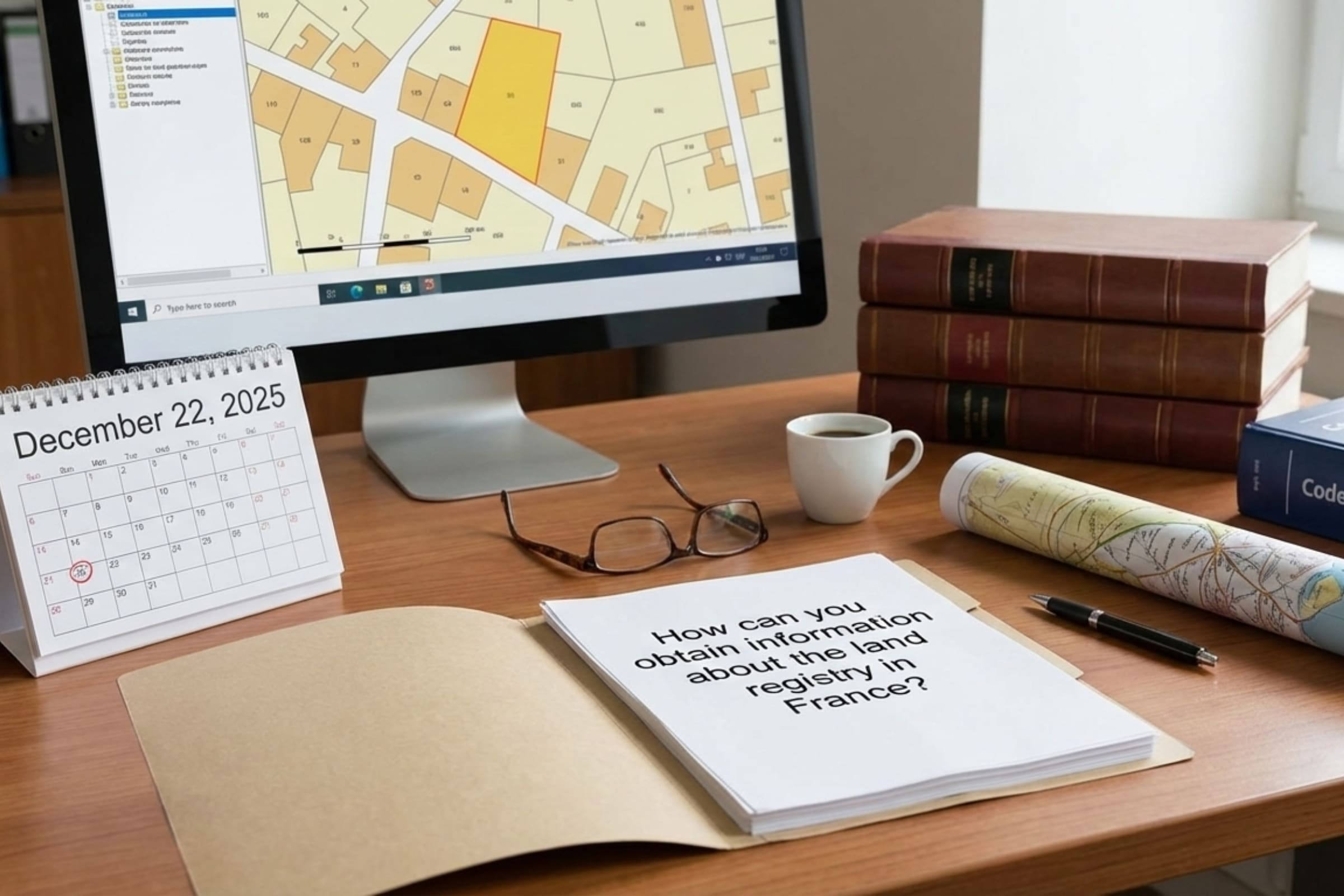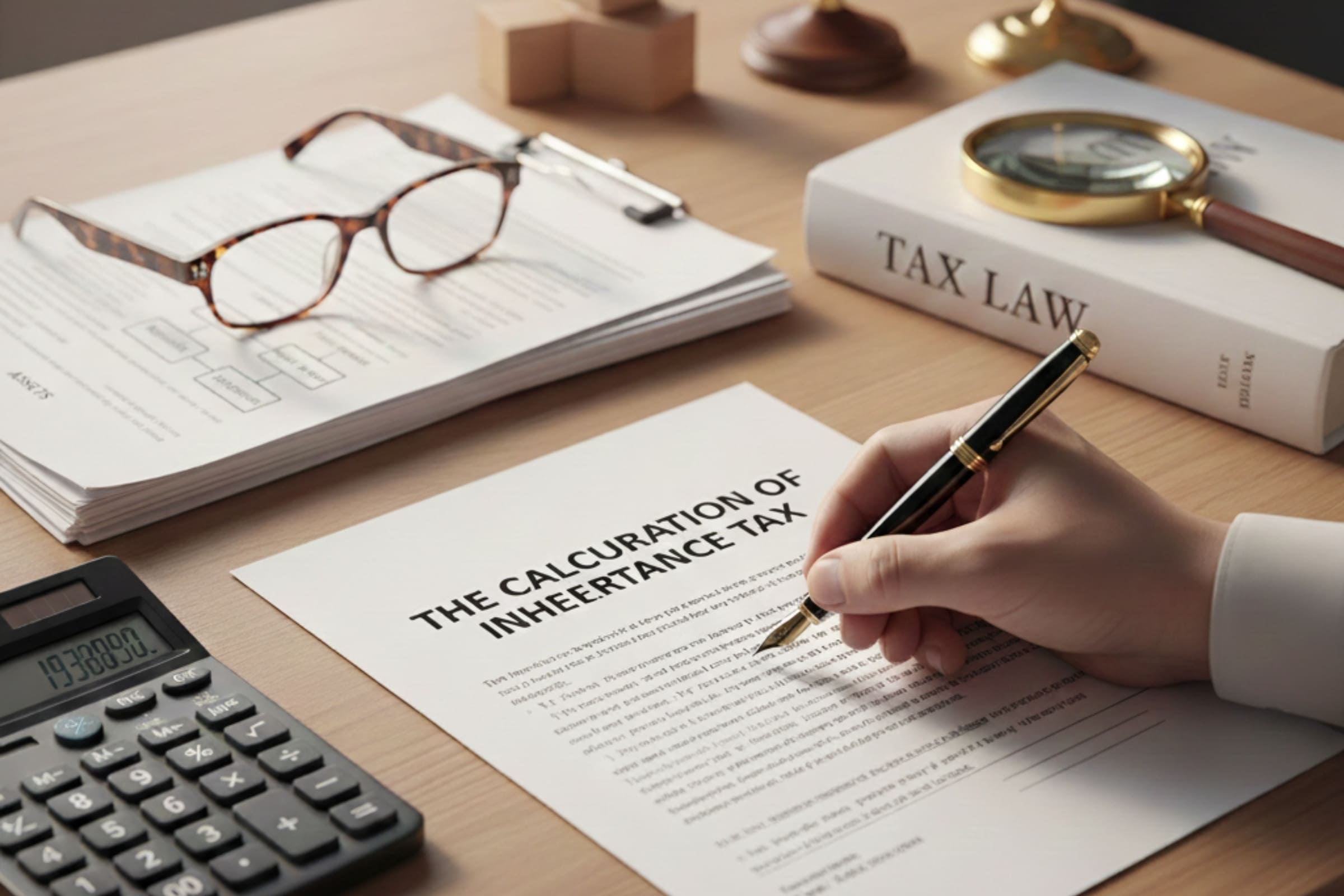Deduction for business expenses: How does it work?
Every year, when taxpayers file their tax return, they receive an automatic flat-rate deduction of 10% of their income. The purpose is to cover some of their daily expenses, especially those related to transport, meals, etc. This 10% flat-rate deduction is automatically deducted from their salary. So you don’t have to do anything special to benefit from it.
However, if you feel you’ve spent more on business expenses, especially commuting, you can choose to forgo this standard deduction and instead deduct your actual expenses.
You can do this by using the kilometre rates published by the tax authorities each year.
What distances are taken into account?
You can deduct the costs you incur commuting to and from work, but only for a limited distance.
There are three options, depending on the distance to your workplace:
– If you live 40 kilometres or less from your workplace (i.e. 80 kilometres round trip), you can take the full distance into account when calculating
your travel expenses.
– If your home is more than 40 kilometres from your workplace, you can only include 40 kilometres in your tax return.
– However, the full distance can be taken into account if you can justify this distance with special circumstances. These special circumstances can be related to your job or to special family or social situations. You need to attach an explanatory note to your tax return stating the reasons for the distance.
For full details, visit impots.gouv.fr
To make it easier for you to estimate your expenses, you can use the mileage scale to calculate the deduction you need to declare on your tax return.
What is the mileage scale for cars?
The scale is calculated based on the power of the vehicle and the number of kilometres driven.
It includes depreciation of the vehicle, repair and maintenance costs, tyre costs, fuel consumption and insurance premiums.
For electric cars, battery rental and battery charging costs are included as fuel costs and are therefore already included in the scale.
The mileage table used to indicate actual costs will not be revised in 2025.
| The kilometre scale applies to combustion, hydrogen and hybrid cars | |||
| Administrative power (in HP) | Distance (d) until 5.000 km | Distance (d) from 5 001 km until 20.000 km | |
| 3 HP and less | d x 0,529 | (d x 0,316) + 1 065 | |
| 4 HP | d x 0,606 | (d x 0,340) + 1 330 | |
| 5 HP | d x 0,636 | (d x 0,357) + 1 395 | |
| 6 HP | d x 0,665 | (d x 0,374) + 1 457 | |
| 7 HP and more | d x 0,697 | (d x 0,394) + 1 515 | |
So, for example, for 4,000 kilometres driven on business with a vehicle with a 6 hp combustion engine, you can claim actual expenses equal to: 4,000 km x 0.665 = 2,660 euros.
Useful information
You can also add loan interest if you bought the car on credit, in relation to business use, tolls and parking fees at the business location (garage, car park, parking meter). Don’t forget to save your receipts: the tax authorities will be able to verify your declarations, especially by checking maintenance and repair invoices showing the number of kilometres driven. Please note that using the kilometre scale does not exempt you from providing documentation to the tax authorities.
Since 2021, the amount of travel expenses calculated based on these scales has been increased by 20% for electric vehicles.
| Scale applicable for 100% electric cars | |||
| Administrative power (in HP) | Distance (d) until 5.000 km | Distance (d) from 5 001 km until 20.000 km | |
| 3 HP and less | d × 0,635 | (d × 0,379) + 1278 | |
| 4 HP | d × 0,727 | (d × 0,408) + 1596 | |
| 5 HP | d × 0,763 | (d × 0,428) + 1674 | |
| 6 HP | d × 0,798 | (d × 0,449) + 1748 | |
| 7 HP and more | d × 0,836 | (d × 0,473) + 1818 | |










